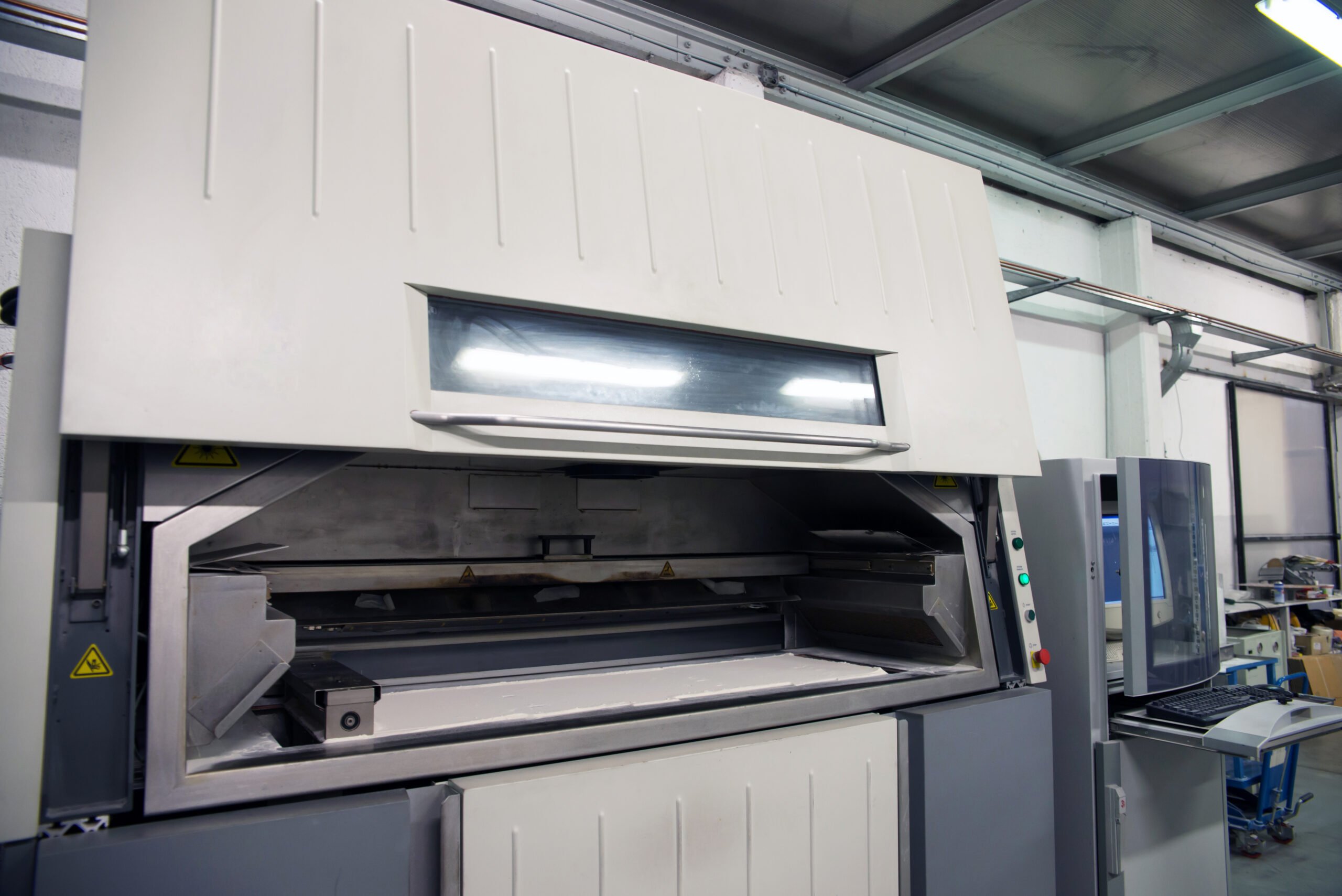
Triazinyl 22% with organo-clay 3% achieved UL 94 V-0 (1.6 mm) in SLS-printed TPU (thermoplastic polyurethane). TPU with 25% aluminium diethyl phosphonate (AlPi) was also tested (but not AlPi plus clay). The FRs were mixed with TPU powder using a high-speed mixer then ball milling, then 1.6 mm thick samples were SLS (Selective Laser Sintering) printed using a Hunan Farsoon HT 252P printer. SLS printed samples using neat TPU showed LOI of 17. AlPi 25% raised LOI to 27 for the SLS sample, achieving UL 94 V-2. Triazinyl macromolecule (an intumescent containing 45% nitrogen) raised LOI to 30. The addition of % organically modified montmorillonite (with 22% triazinyl) achieved UL 94 V-0 despite reducing the LOI slightly, because flaming dripping was prevented. The authors note that the organo-clay limits dripping and shortens self-extinguishing times, with better effect than sodium clay being probably the result of better polymer compatibility so better dispersion. AlPi was not tested with the organo-clay. LOIs for compression molded samples were slightly higher, both for the neat TPU and for the different PIN FR combinations, and in one case the UL 94 classification was also better, probably due to pores in the SLS sample because pressure is not applied.
“The synergism effect of montmorillonite on the intumescent flame retardant thermoplastic polyurethane composites prepared by selective laser sintering”, J. Li et al., Polymer Composites. 2022;1–14 https://doi.org/10.1002/pc.26621